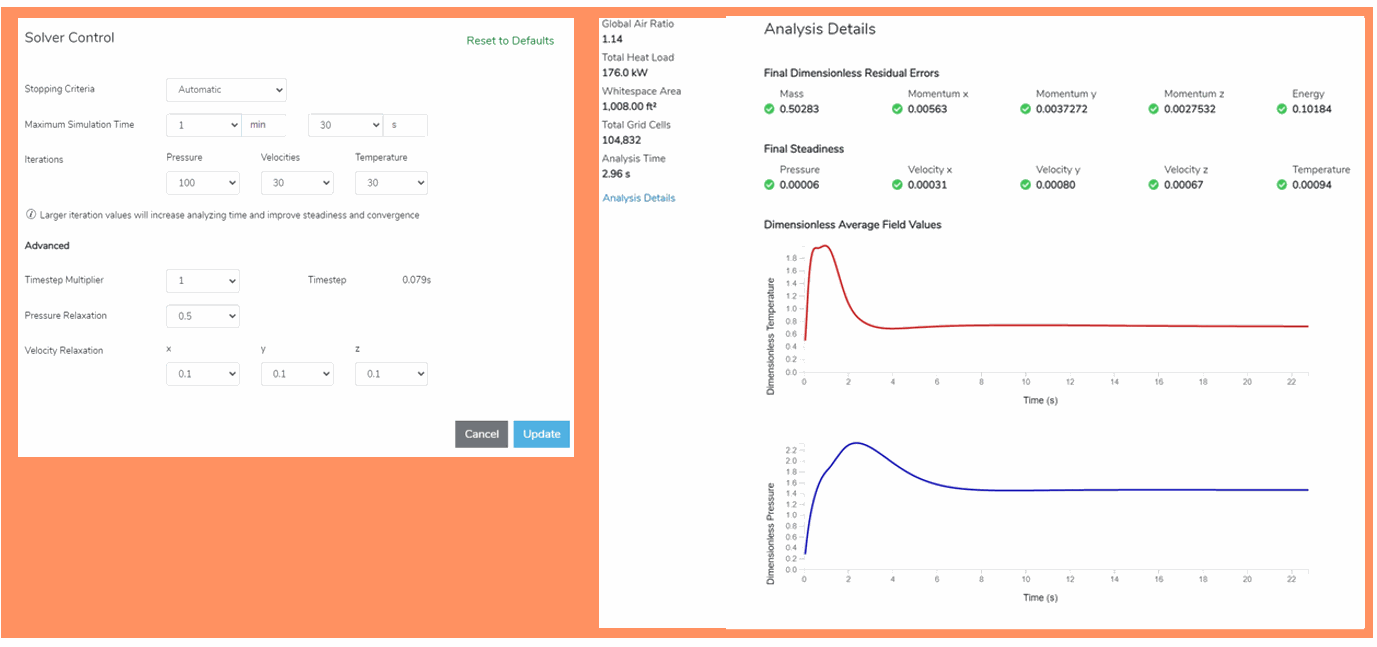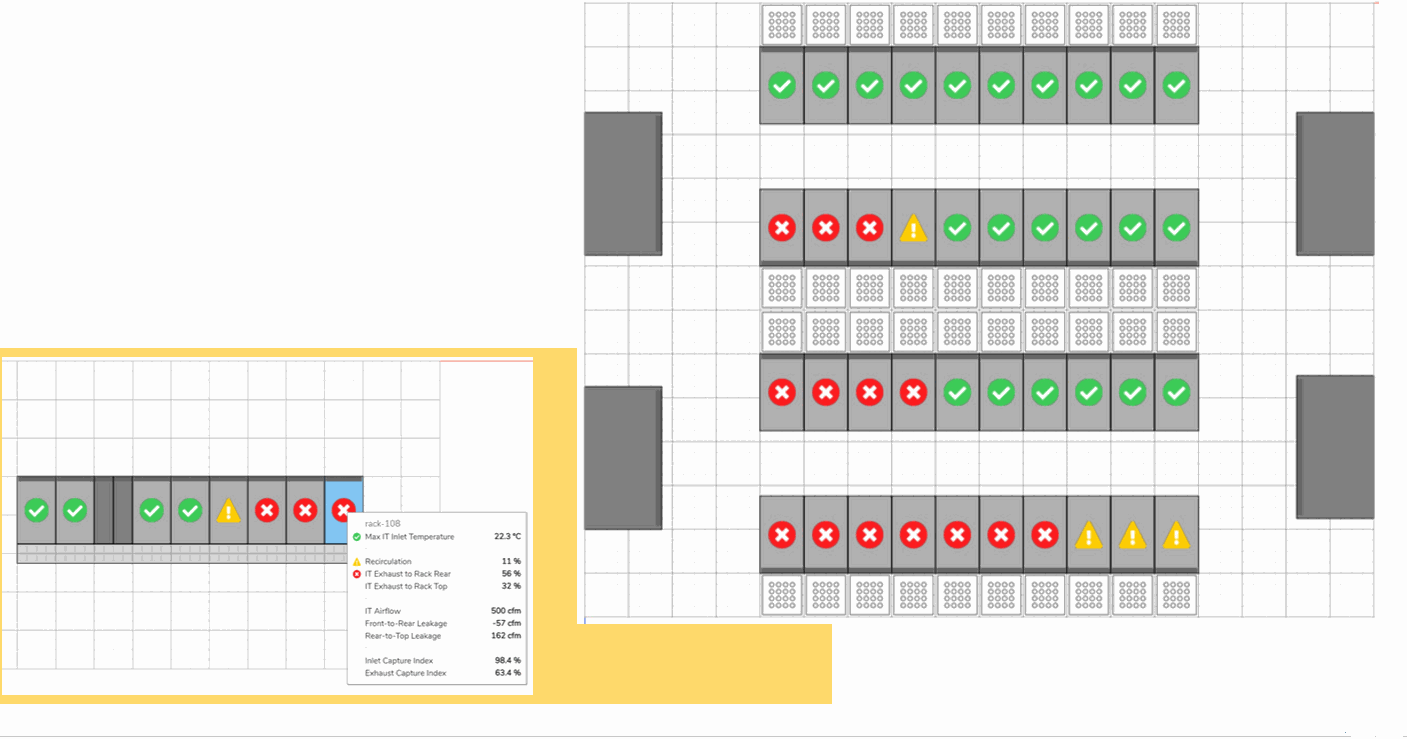When the first Data Centers were being built, nobody considered that energy consumption could be a significant part of the sustainability and profitability of these data centers.
It was a different time, with different concepts and priorities. Data centers were not making major investments in their designs concerning energy consumption, at least in terms of priorities. What truly mattered was demonstrating to other companies the importance of hosting the maximum number of servers and concentrating vast amounts of information under the same infrastructure, highlighting all the advantages that it brought at that time.
As the years go by and circumstances change, data centers are now designed following a series of regulations and best practice recommendations to provide maximum security and service. However, in 2022, there are still many data centers with high energy consumption, which remains a burden for them.
It is true that practically 99% of them recognize the need for improvement in this regard and are attempting to reduce their energy consumption as much as possible. They are aware of the costs, both directly on their finances and in terms of their image as a sustainable company.
For example, there are newly constructed data centers located in areas with low temperatures to mitigate excess heat and reduce energy consumption for cooling.
Others believe that by investing substantial sums of money in upgrading equipment or implementing new designs, they will optimize and improve energy consumption, especially in terms of climate control, but their return on investment is not as expected.
The reality is that the majority of data centers still face significant energy consumption challenges, resulting in high energy bills, which are causing increasing operational costs. We can all see that rising electricity costs are a reality, and there is a need to find ways to reduce consumption.
It should be noted that, even though servers and other devices are becoming more efficient, energy consumption in data centers continues to rise. The cooling systems in data center rooms are a "hot spot" in terms of consumption and need to be addressed in this regard.
From Bjumper's experience, we have observed that there are opportunities to optimize energy consumption in data centers, regardless of the systems and devices they have.
We have observed that many data centers still lack comprehensive monitoring of all their devices and have their cooling systems connected to high cold temperatures, or, on the contrary, we find areas of high heat generated by oversized racks, for example.
Other data centers do have good monitoring, but they lack an integrated data analysis.
Some are already working on these data for further optimization, but on one hand, they find the costs presented by their providers for efficient energy improvement to be high, and on the other hand, they lack sufficient time or knowledge to analyze where the real problem lies given the operational framework they work in.
Some time ago, trends in energy simulation began to be incorporated to try to be more precise and understand how the cooling system is operating in data center rooms. Capturing real information from existing devices and subjecting them to probabilistic models can be a good alternative.
While it is true that Computational Fluid Dynamics (CFD) is a good practice that can help us understand and comprehend temperature distribution, it remains complex if the true objectives are not well-known, and if the information is not properly interpreted and aligned with the data center's specific needs.
In the market, you can find some of these tools (some of which can even be operated from the cloud) that can provide a more accurate view of the situation, including:
Designs – Temperature distribution – Recirculation – Hotspots – Comparisons of potential scenarios... and having much more information that helps us understand where we stand.
Some of these models are capable of interpreting and simulating, for example, the flows of :
Server fans and their influence within the rack – Fan flows – Management of other air devices controlling their inflow and outflow or HVAC equipment.
Having all this information will certainly help us have a clearer idea of the infrastructure's energy consumption. We all know that the energy consumption of the climate control is the most important part in terms of energy in the infrastructure, and perhaps the most complicated part to optimize. Implementing plans to design and evaluate thermal consumption helps data center managers make informed decisions.
While these tools are indeed valuable allies in reducing energy consumption, it's important that they are implemented by qualified and experienced personnel who are familiar with the processes and operations of the data center. Analyzing the data correctly is crucial.
In some cases, data center managers have shared or mentioned reports they've commissioned from certain companies. We've noticed that while these reports are good, the implementation costs are high and don't provide sustainable, efficient, and realistic solutions for data center managers, so they don't put these solutions into practice. And they've had to pay a very high cost, as they've told us, to reach these conclusions.
We always emphasize that before implementing this type of report, it's important to understand what you're really looking for and to start capturing information at sustainable costs that help focus on the situation.
At Bjumper, we are aware of this issue, so we offer preliminary, non-invasive analyses with very affordable costs in the initial phase. This approach provides our clients with a close look at their situation and identifies their main areas for improvement to optimize energy costs and enhance room conditions.

The purpose of these analyses and reports is to provide data center managers with a comprehensive understanding of their situation, with initial costs that are manageable. This information is typically delivered within a few weeks without the need for invasive infrastructure changes.

These analyses allow you to focus on and establish a roadmap over time based on needs and sustainable, profitable investments. This analysis serves as a starting point to determine where to begin the process without the need for a significant upfront investment in preliminary analysis.
Feel free to contact us; we want to assist you and share our experiences gained over the years in data centers.
